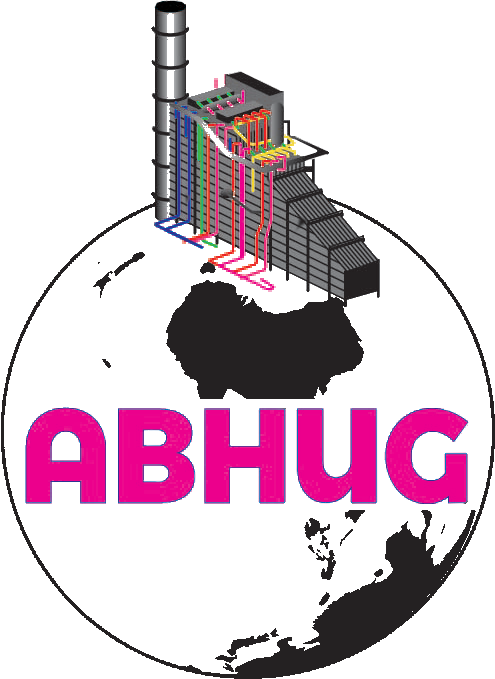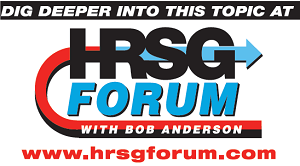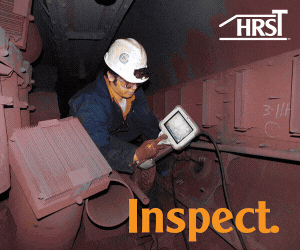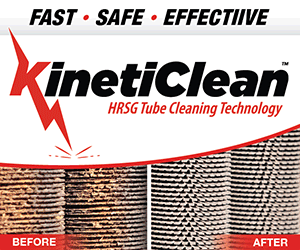 A workshop on optimization of steam-turbine bypass systems at the 2018 meeting of the Australasian Boiler and HRSG Users Group, led by Bob Anderson, Competitive Power Resources Corp, covered the arrangement, purpose, and methods for operating and maintaining this equipment.
A workshop on optimization of steam-turbine bypass systems at the 2018 meeting of the Australasian Boiler and HRSG Users Group, led by Bob Anderson, Competitive Power Resources Corp, covered the arrangement, purpose, and methods for operating and maintaining this equipment.
Vibrant discussion followed presentations by Anderson, Justin Goodwin of Emerson/Fisher, Ory Selzer of IMI CCI, and Sanjay Sherikar of Nihon Koso Co Ltd.
Anderson set the stage with his opening remarks. In a conventional plant, he reminded, the operator can:
-
- Limit furnace exit-gas temperature to protect SH and RH tubes.
- Limit the drum-pressure ramp rate to avoid humping and through-wall thermal stress.
- Limit the temperature of steam admitted to a cold turbine.
But in a combined-cycle system, the operator generally cannot limit gas-turbine startup exhaust temperature and, therefore, has limited control over exhaust temperature, the HP-drum-pressure ramp rate, and steam temperature.
HPSH and RH tubes need cooling steam, he continued: The steam turbine needs precise steam temperatures and pressures during startup. Therefore, the bypass system’s primary job during startup is:
-
- Control HP-drum-pressure ramp rate.
- Provide cooling steam to HPSH and RH.
- Control RH pressure.
- Provide HP and IP pressure matching.
- Permit smooth blending of a lag unit into the main-steam and hot reheat (HRH) systems.
During shutdown, the primary job becomes:
-
- Permit smooth removal of lead unit from the main-steam and HRH systems.
- Permit control of HP pressure for bottling-up the unit.
- Permit steam cooling of HPSH during shutdown.
- Control HP-drum-pressure ramp rate if depressurizing during forced cooling.
A review of the major bypass-station components followed:
-
- Pressure control valve. It provides backpressure control for HP, RH, and LP steam and is exposed to severe duty in the HP and HRH systems.
- Desuperheater. It controls steam temperature downstream of the bypass. Principal components include a spray-water control valve and block valves.
Some of the important points made during the workshop:
-
- Failure to coordinate HP and HRH bypass PCV positions can lead to large RH pressure transients, and severe attemperator overspray.
- Pressure control valve erosion is caused by water, wet steam, or debris passing through the valve. Seat/plug damage results in leaking steam (overheating downstream carbon-steel piping).
- The desuperheater must not be operated with the PCV closed. (The valve must be open to its minimum position for desuperheater operation.)
Although many OEMs are using more-erosion-resistant designs and materials, presenters representing leading valve manufacturers stressed that “no PCV design can tolerate wet steam.” Newer materials and designs will only slow the wet-steam erosion process. Severe damage can result within one year in cycling units. Mechanisms of damage by wet steam were explained in detail, with visual examples and specific case studies (both existing and new units).
Operation of bypasses with no heat input to the HRSG were covered—including temperature transients in high-energy piping (HEP) and increased production of condensate in the superheater and reheater.
Interesting case studies were presented on a few F-Class units that experienced repeated leaking after only a few runs (and rapid erosion following modification).
Discussions followed on:
-
- When to open bypass.
- Depressurizing the HP system with the bypass during hot layup.
- Risks of water hammer.
Cyclic stress examples, resolutions, and maintenance recommendations were presented, concentrating on possible causes. Instrumentation and thermocouples also were reviewed.
Corrective-action discussions included modifying the HP bypass desuperheater spray-valve logic with a master block valve/martyr control valve arrangement, as well as various inspection and maintenance programs.
Dig into the design and O&M details of steam-turbine bypass systems closer to home at the upcoming HRSG Forum with Bob Anderson, July 22-25, 2019, in the Hilton Orlando. The open discussion periods at this meeting afford users the opportunity to get answers to their specific questions and return to their plants with solutions in-hand.






